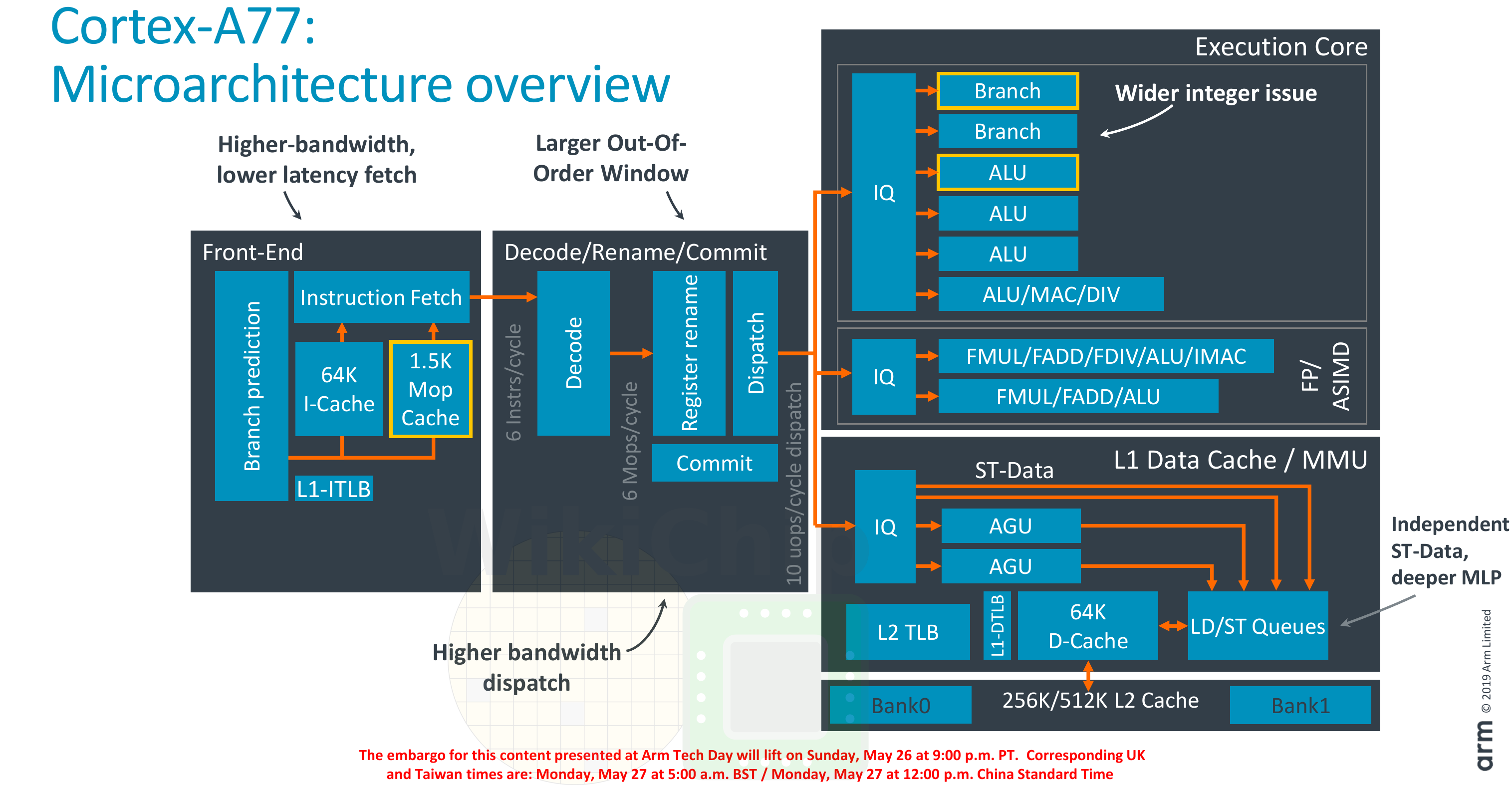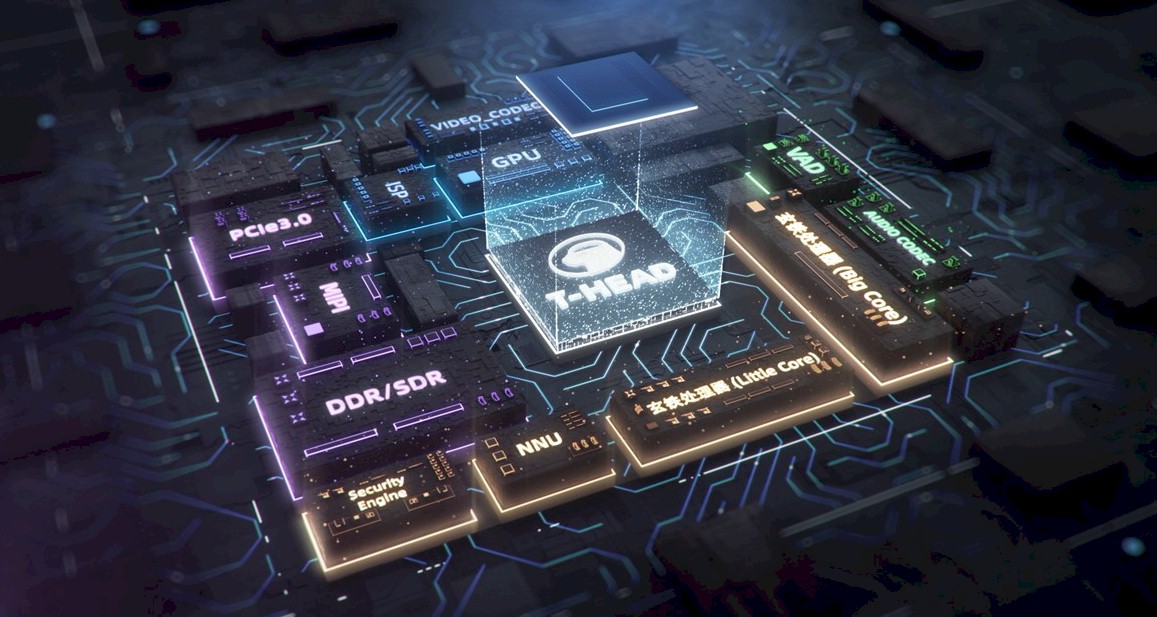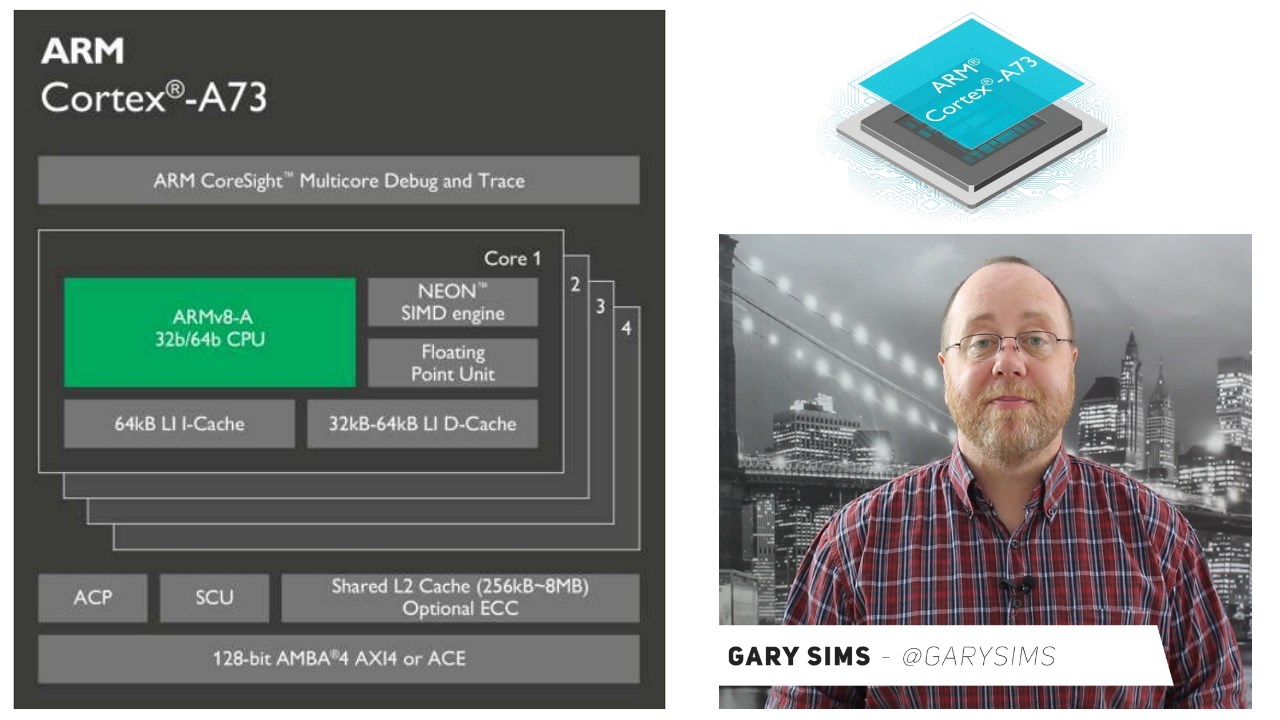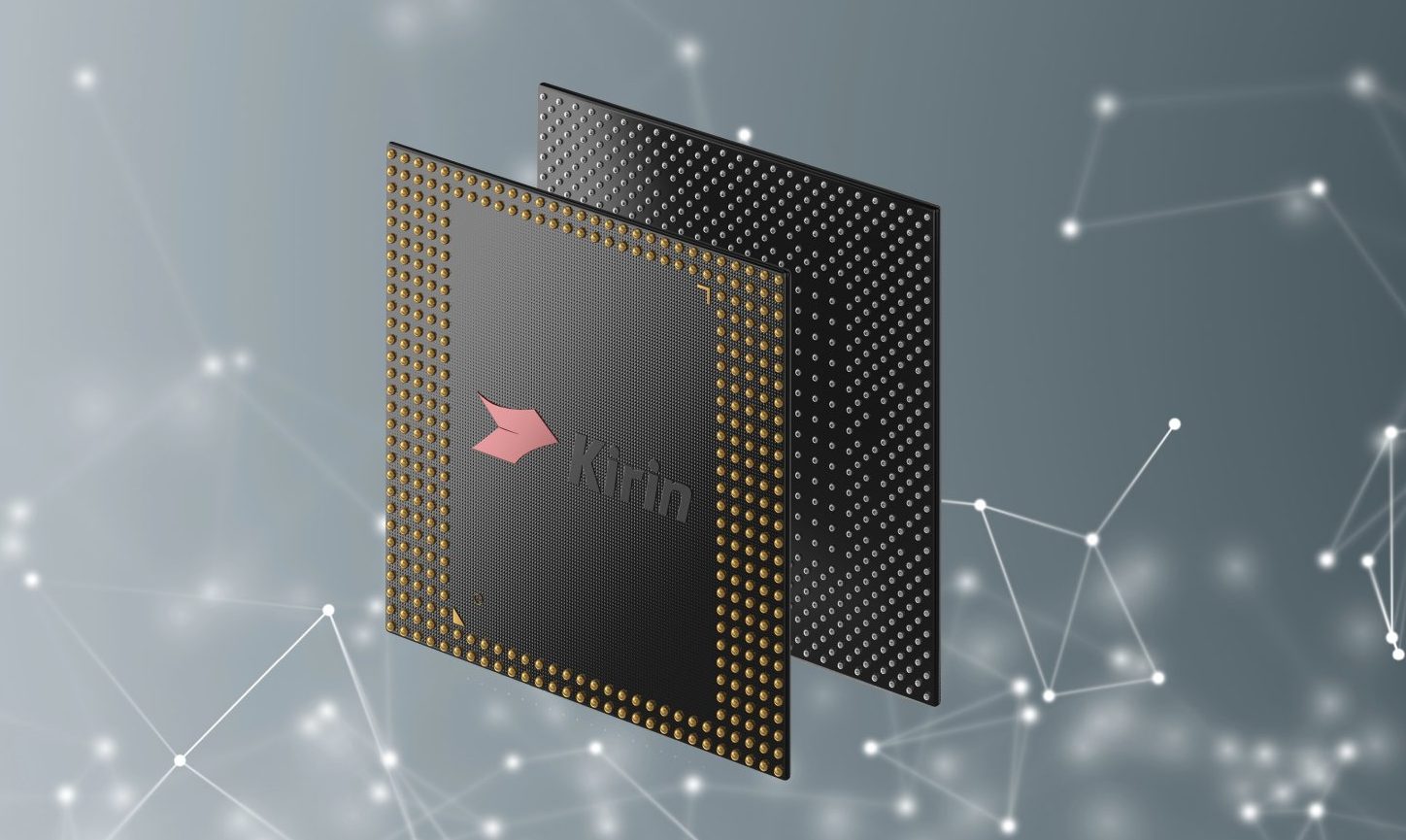Originally posted by Spacefish
View Post
I am basically not going to buy consumer electronics from PRC, but the Android, JVM, and V8 ports know no borders.






Comment